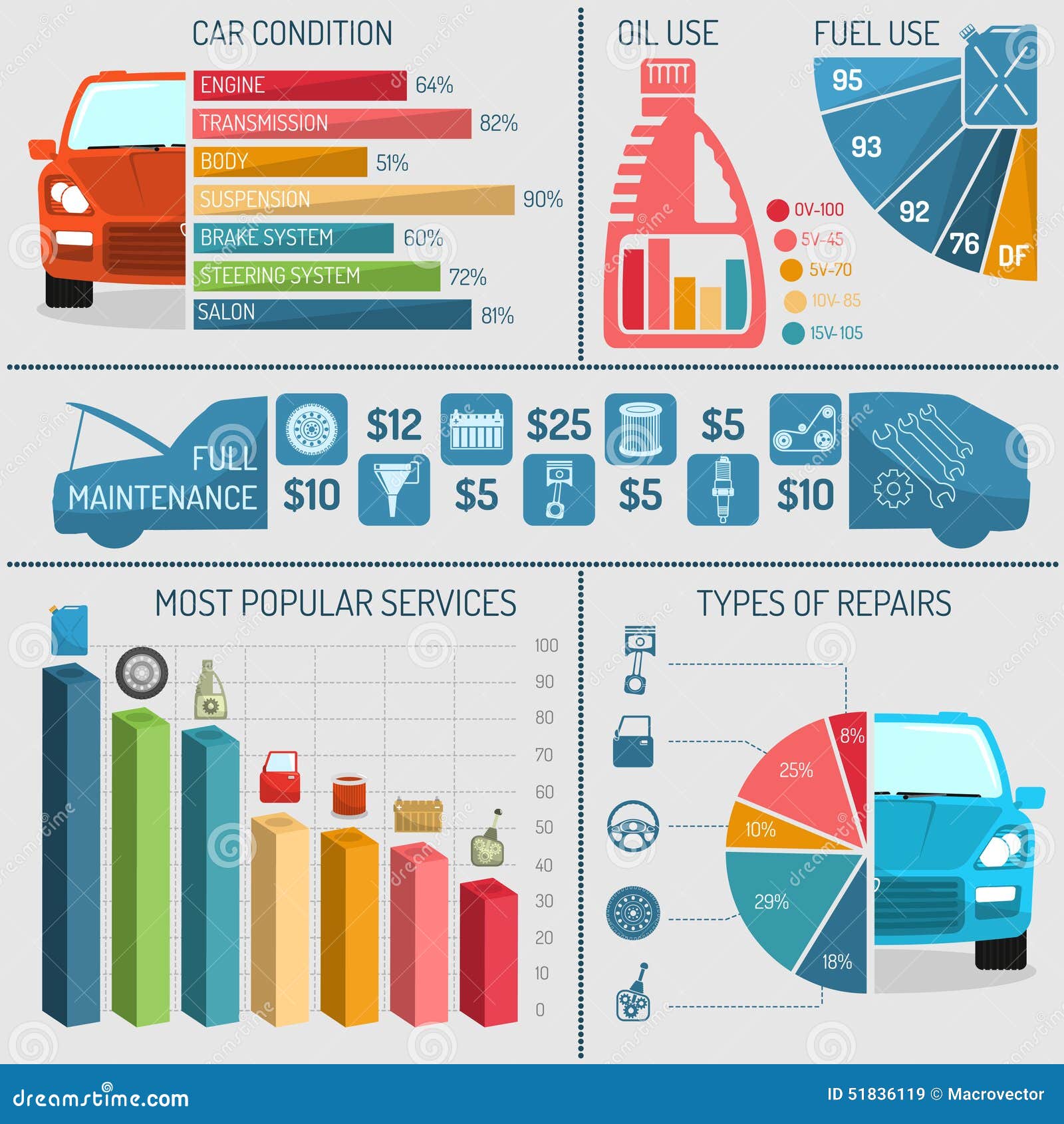Wondering Concerning The Significance Behind Those Dashboard Caution Lights? Gain Insights Into Their Effects For Your Car'S Safety And Maintenance
Wondering Concerning The Significance Behind Those Dashboard Caution Lights? Gain Insights Into Their Effects For Your Car'S Safety And Maintenance
Blog Article
Article Written By-Termansen Winters
When you're behind the wheel, those beautiful warning lights on your dashboard can be a little bit perplexing. Do you know what they're trying to inform you regarding your automobile's health? Understanding the significance of these lights is important for your safety and security and the long life of your automobile. So, the next time among those lights pops up, wouldn't you intend to analyze its message accurately and take the necessary steps to resolve it?
Common Warning Lights and Interpretations
Determine usual warning lights in your cars and truck and recognize their definitions to guarantee risk-free driving.
The most typical warning lights consist of the check engine light, which signifies problems with the engine or discharges system. If this light comes on, it's critical to have your lorry inspected without delay.
The oil pressure advising light suggests reduced oil pressure, needing prompt interest to prevent engine damage.
A blinking battery light could recommend a damaged charging system, possibly leaving you stranded otherwise resolved.
The tire stress surveillance system (TPMS) light notifies you to reduced tire stress, affecting lorry stability and fuel efficiency. Neglecting this could result in hazardous driving problems.
The abdominal light shows a problem with the anti-lock stopping system, endangering your capacity to quit promptly in emergencies.
Last but not least, the coolant temperature cautioning light warns of engine getting too hot, which can lead to extreme damage otherwise dealt with swiftly.
Understanding these usual caution lights will assist you address problems quickly and preserve safe driving conditions.
Relevance of Prompt Focus
Understanding the common caution lights in your auto is just the very first step; the relevance of without delay resolving these warnings can't be emphasized enough to ensure your security on the road.
When a warning light illuminates on your dashboard, it's your auto's method of interacting a potential issue that requires interest. Ignoring these warnings can bring about a lot more severe problems down the road, compromising your security and potentially costing you extra in repairs.
Motivate focus to cautioning lights can protect against failures and mishaps. For instance, a flashing check engine light could indicate a misfire that, if left unattended, can create damage to the catalytic converter. Resolving this promptly can conserve you from a costly repair service.
In a similar way, a brake system alerting light could signify reduced brake liquid or worn brake pads, essential elements for your security when driving.
Do It Yourself Troubleshooting Tips
If you discover a warning light on your dashboard, there are a couple of do it yourself fixing ideas you can attempt before looking for specialist assistance.
The primary step is to consult your auto's handbook to comprehend what the specific caution light shows. Occasionally the concern can be as straightforward as a loose gas cap triggering the check engine light. Tightening engine bay cleaner nz might settle the trouble.
Another typical concern is a reduced battery, which can trigger numerous warning lights. Checking the battery links for corrosion and guaranteeing they're safe could deal with the trouble.
If a warning light continues, you can attempt resetting it by detaching the car's battery for a couple of minutes and then reconnecting it. Furthermore, inspecting mouse click the following internet site , such as oil, coolant, and brake liquid, can aid fix cautioning lights related to these systems.
Final thought
Finally, recognizing your car's caution lights is essential for keeping your automobile running smoothly and safely. By without delay addressing these signals and recognizing what they indicate, you can avoid expensive fixings and prospective break downs.
Remember to consult your car's handbook for specific information on each warning light and act as necessary to guarantee a hassle-free driving experience.
Stay notified, remain risk-free when traveling!
